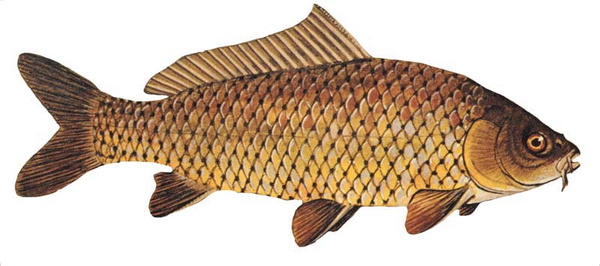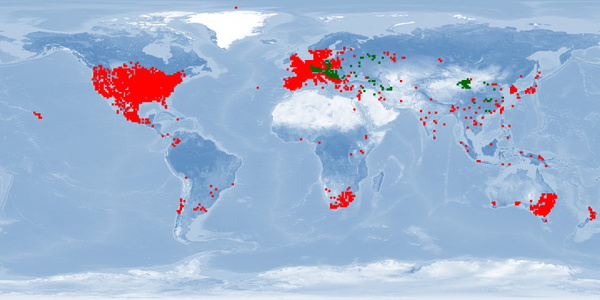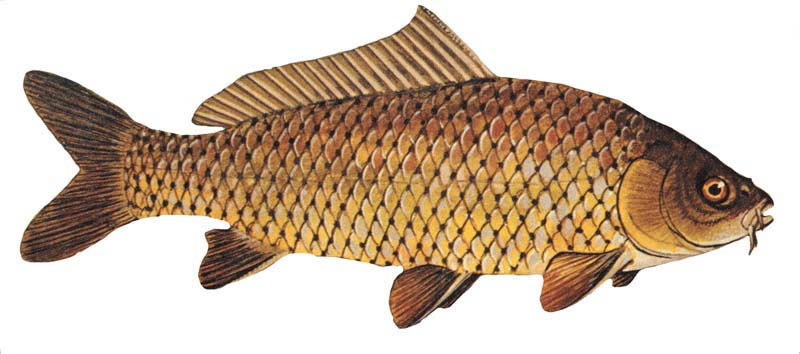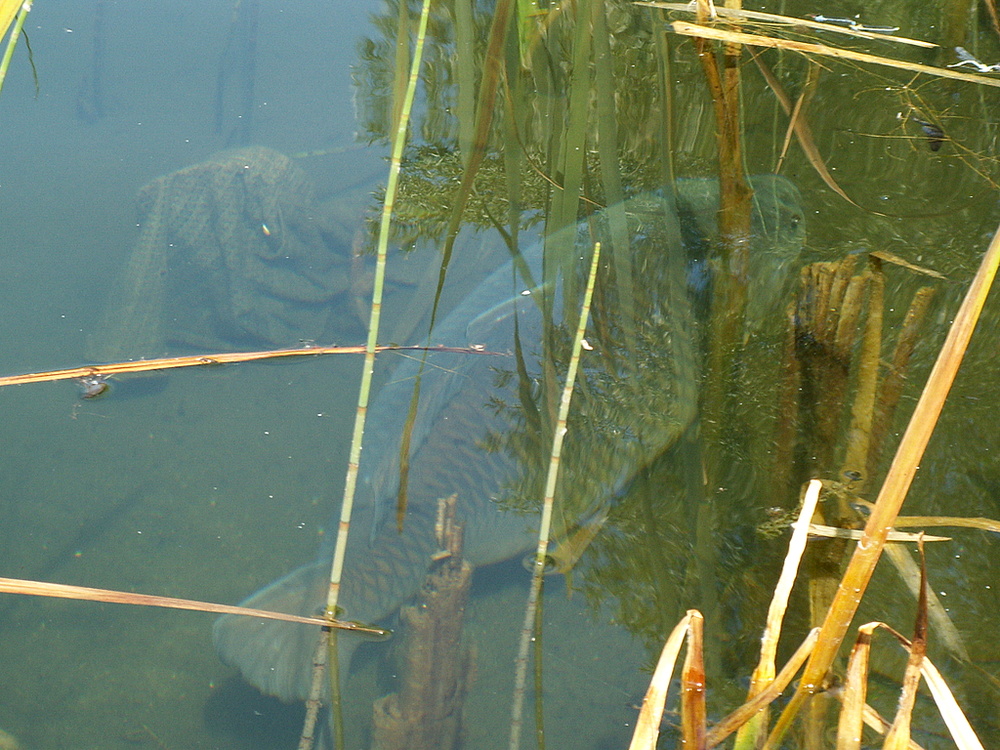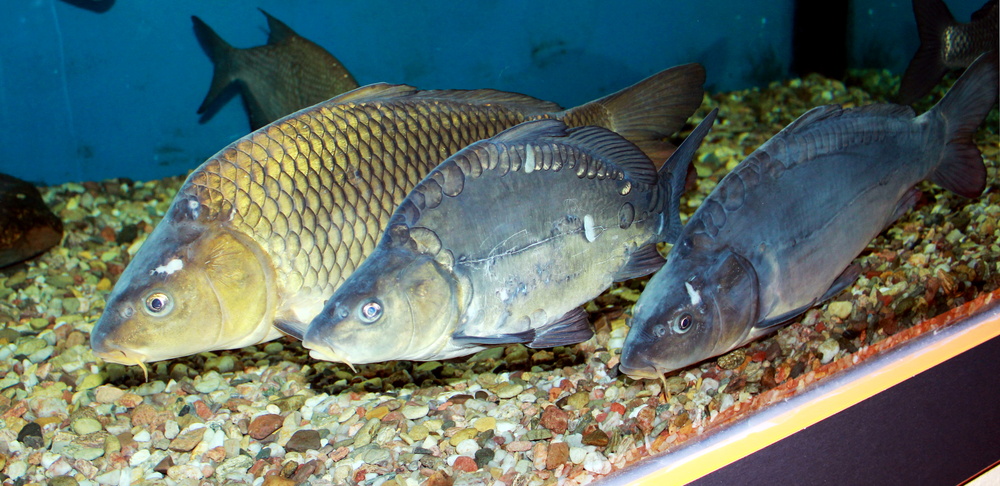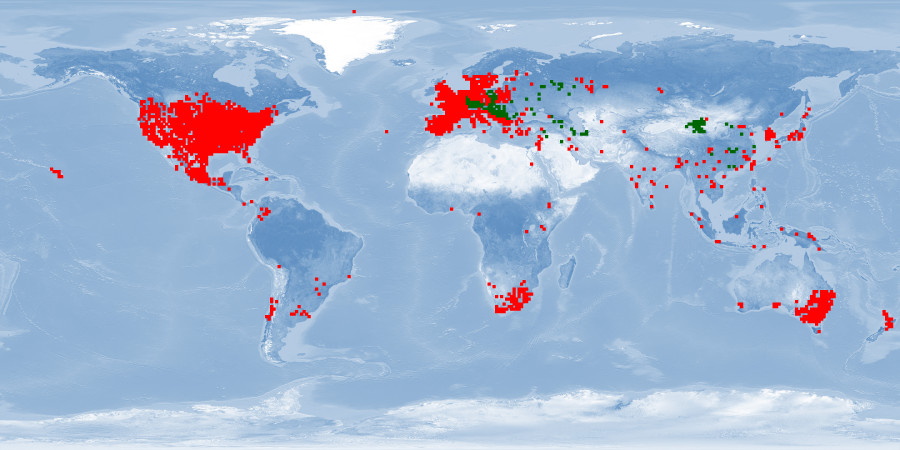Farming remarks
Cyprinus carpio is a widespread freshwater fish that is able to survive a wide range of water quality. It has been introduced into so many countries that it reached the status of a virtually global fish and is included in the list of the world's 100 worst invasive species. The native wild populations are considered vulnerable to extinction by the International Union for Conservation of Nature (IUCN). The hybridisation with the also invasive Carassius auratus probably increases its invasive potential due to enhanced genetic diversity. In aquaculture, the main production countries are located in Asia, such as China and Indonesia. It is commonly raised in EXTENSIVE or SEMI-INTENSIVE polycultures with Asian cyprinids, and its culture is fish meal independent, being mainly based on cereals. C. carpio is the oldest reared species, being the most commonly cultured and the third most significant fish species in the world production. However, there is still missing information for LARVAE, FRY, and SPAWNERS of this species about natural aggregation patterns, malformations, and home range, besides stress response and aggression under farming conditions. C. carpio is stressed by common farming procedures like transportation, crowding, and confinement. Moreover, as the demand for frozen or processed products is low, C. carpio is commonly sold in a fresh, live form on markets, thus probably slaughtered by asphyxia or hyporthermia, which is detrimental to its welfare.
For details see: WelfareCheck | farmFor recommendations see: Advice | farm





